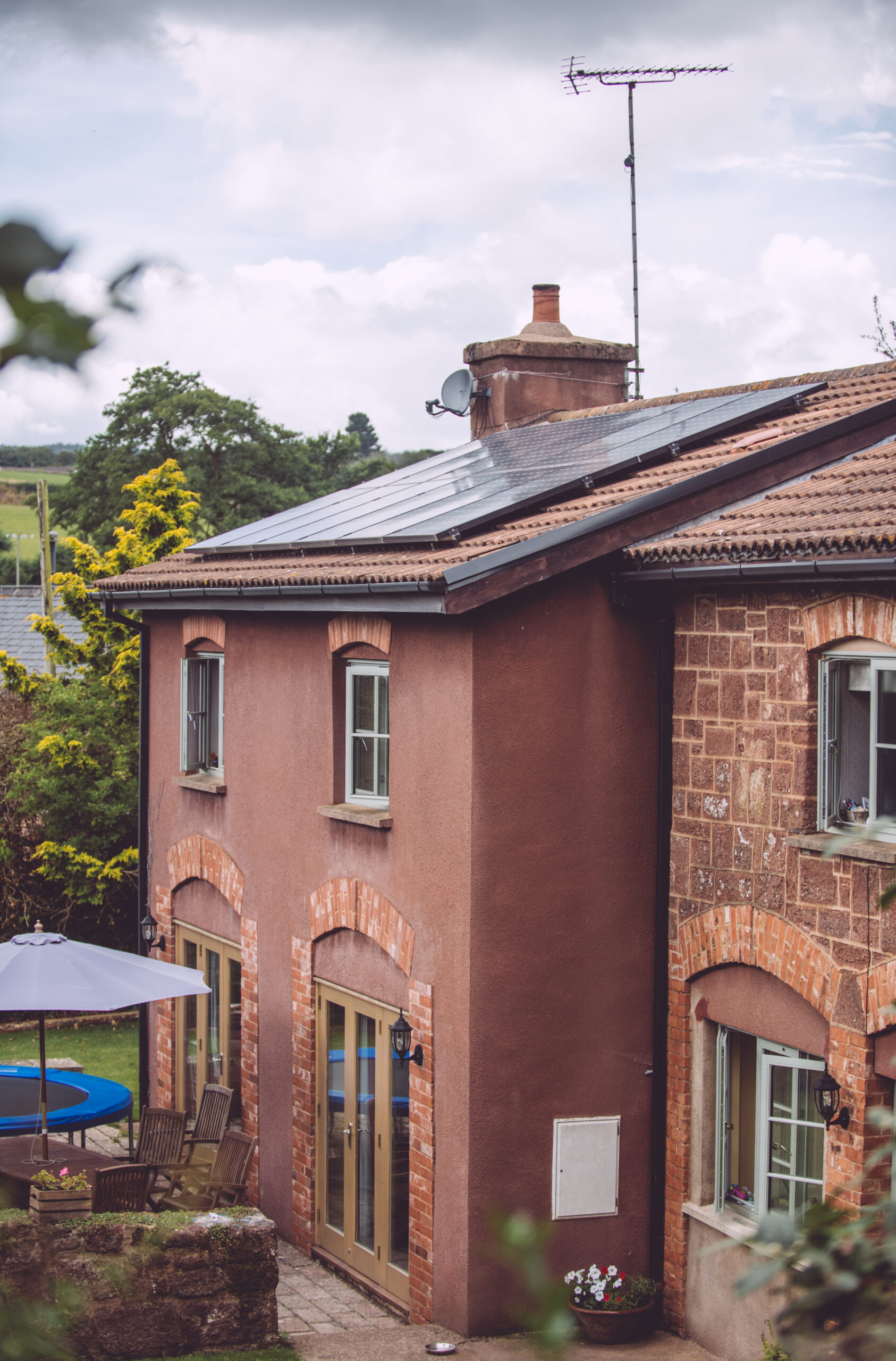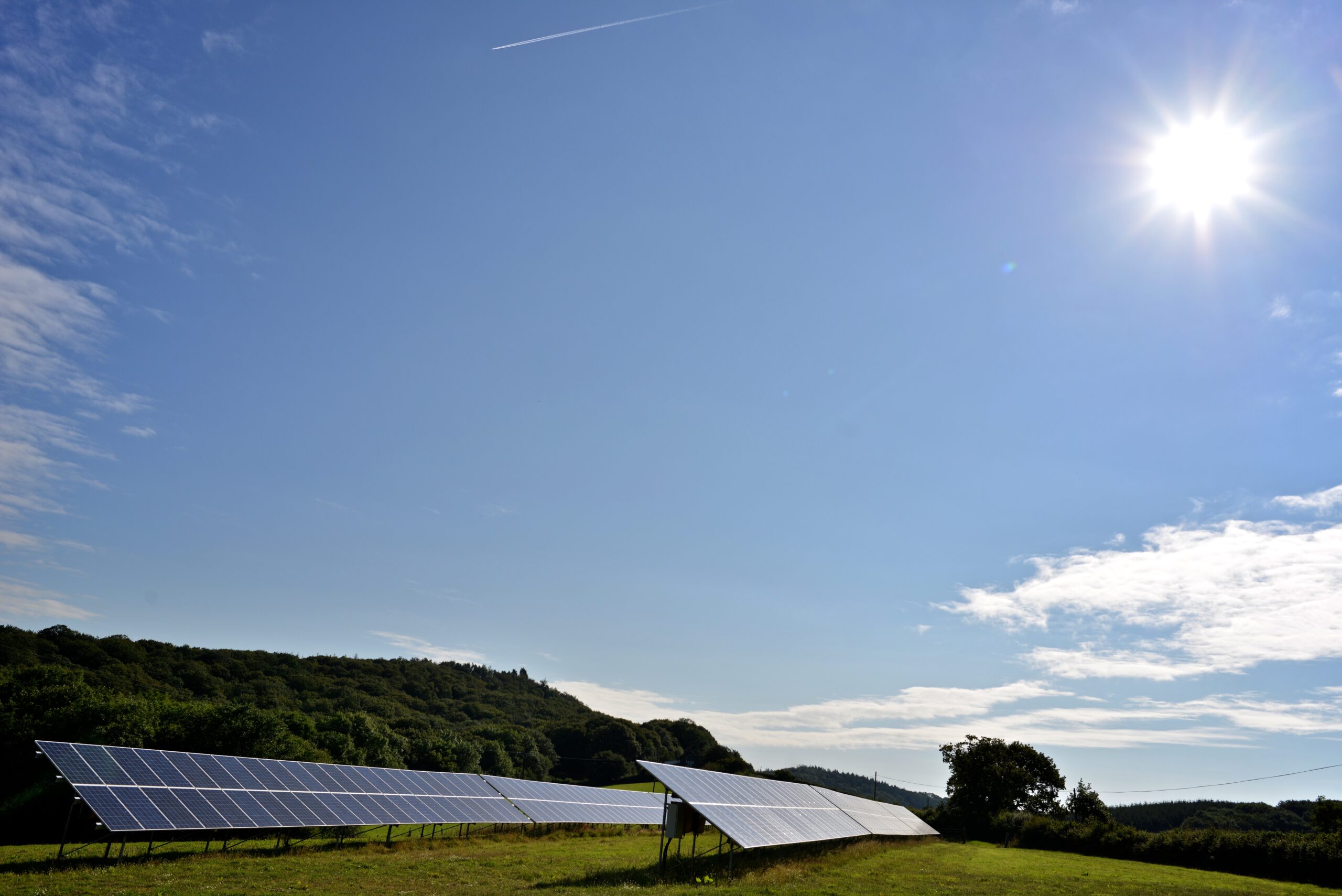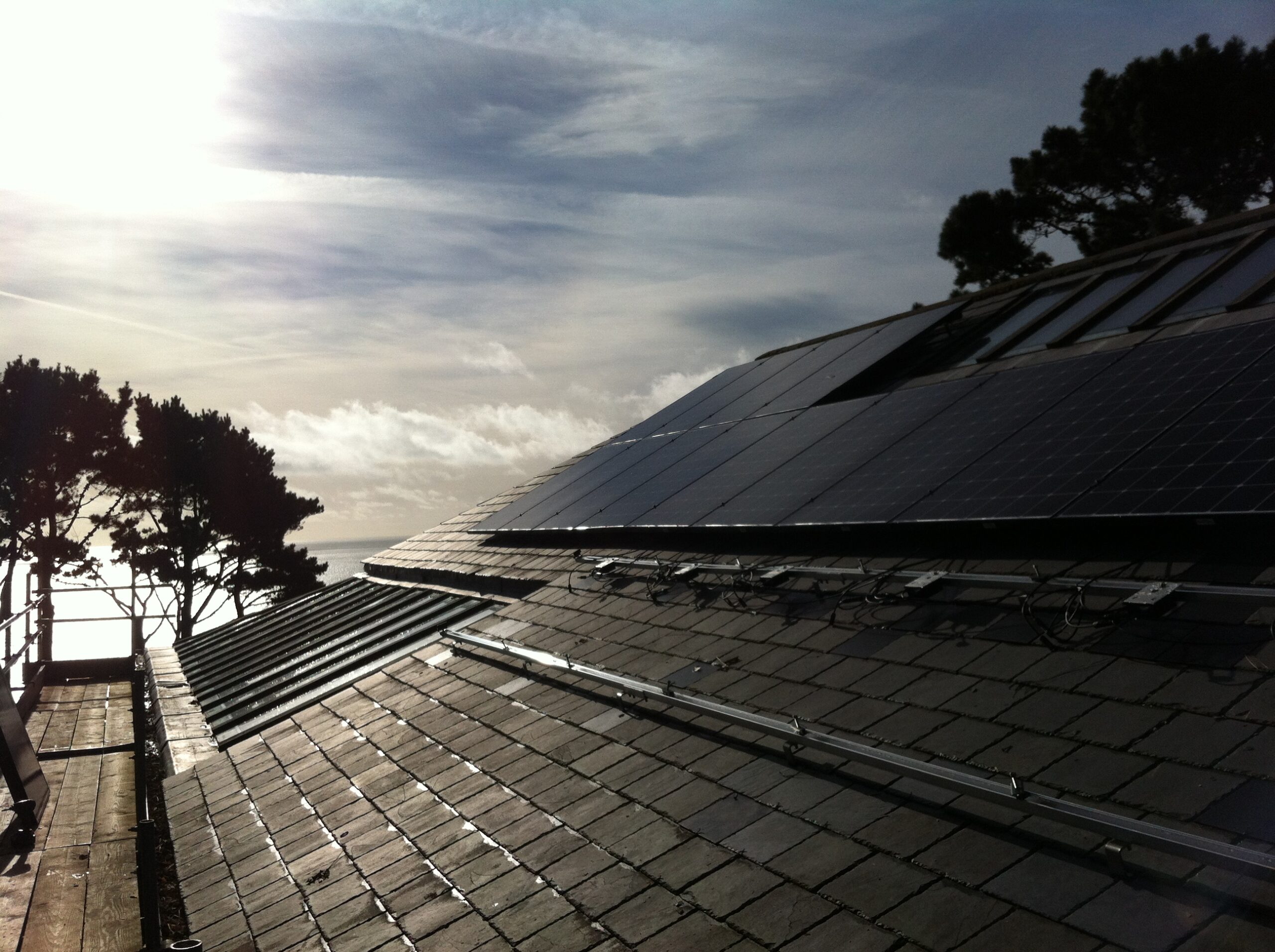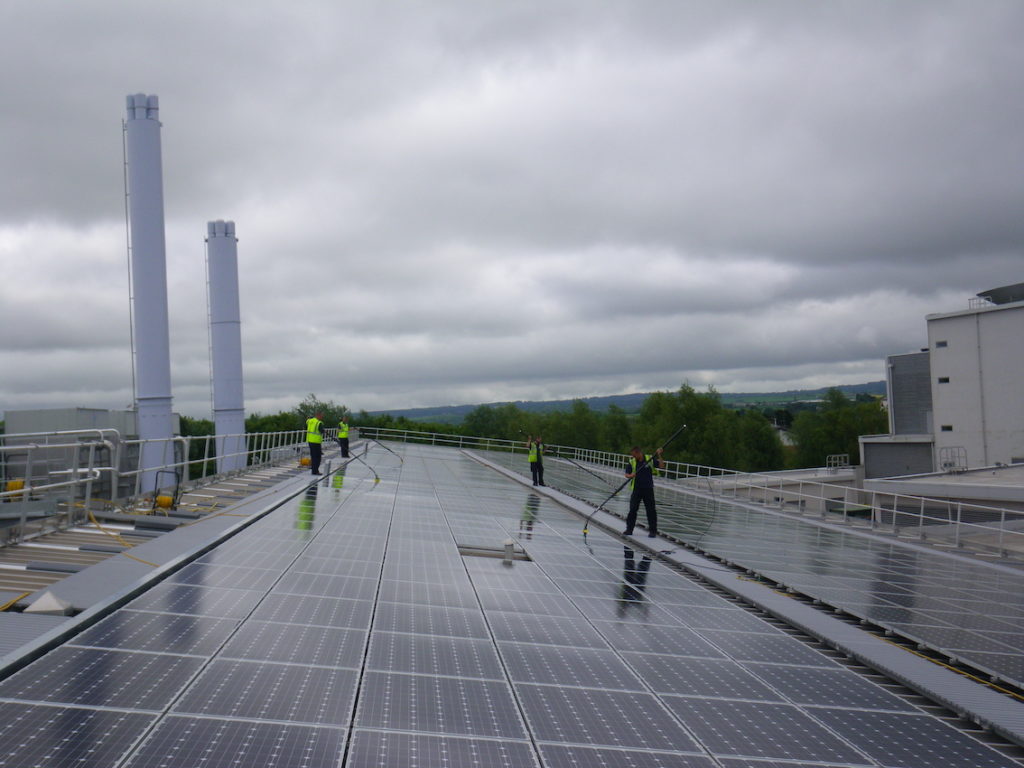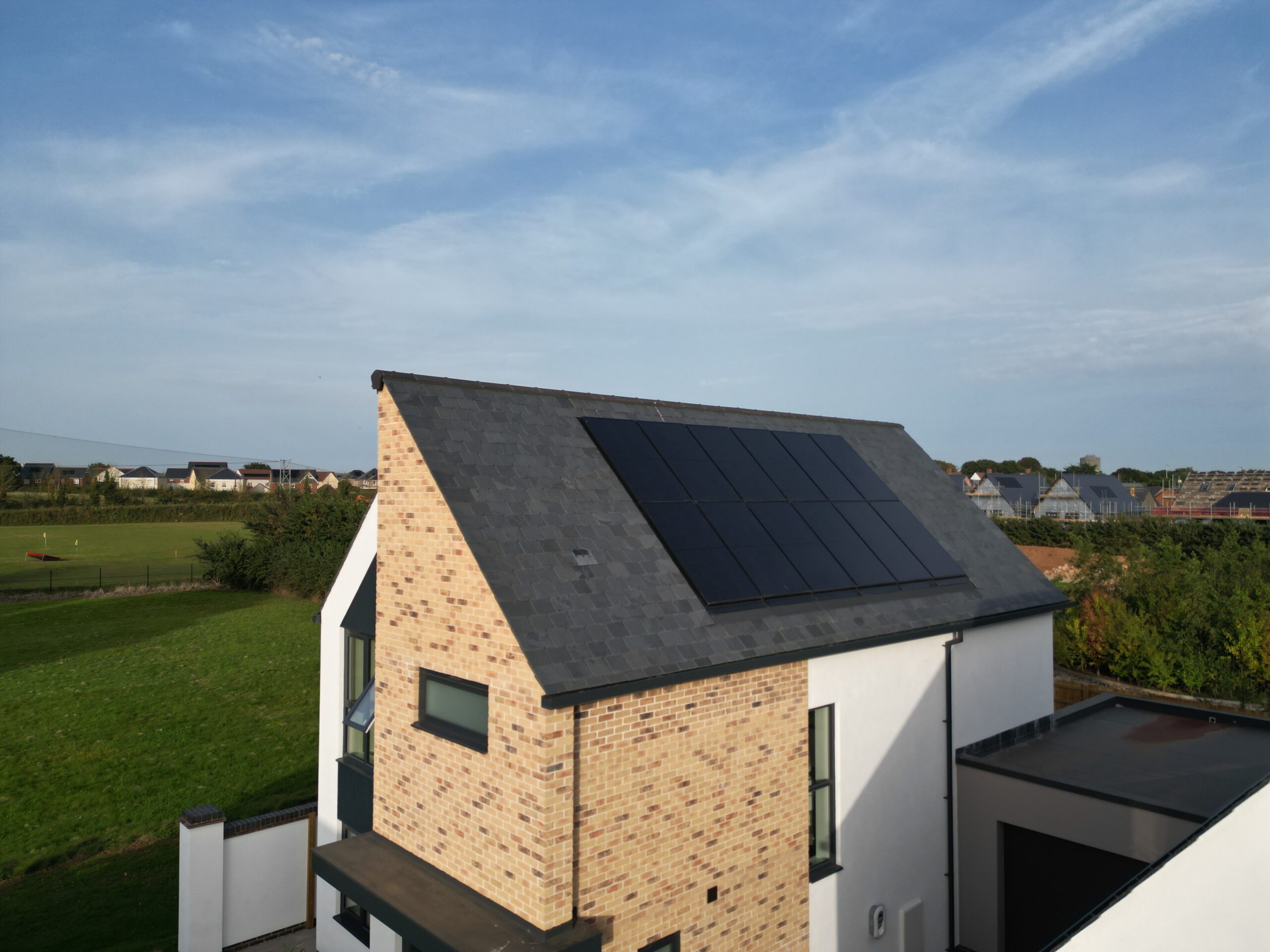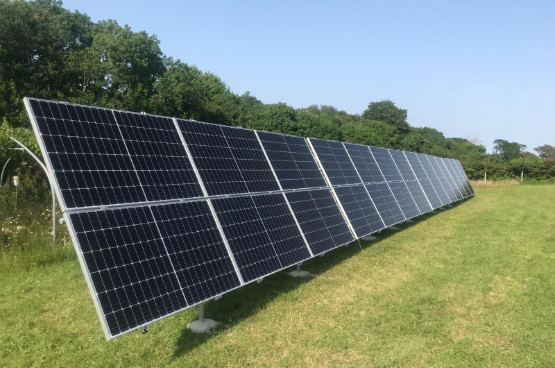In the pursuit of sustainable and clean energy alternatives, solar power has gained widespread popularity. As with many emerging technology, there are always misconceptions, miscommunications, and mistruths. We’re here to dispel these and shed some sunlight on how reliable and lucrative your system can be (even in an often grey and drizzly UK!).
Myth: Solar panels are bad for the environment
There’s a carbon footprint in the manufacture, transport, and installation of solar panels. However, after just one year of being installed solar panels overall carbon footprint drops into the negatives. A single solar panel can generate clean energy for up to 25 years, preventing more emissions from being released into the atmosphere than it takes to create them.
It has been widely discussed that panels cannot be recycled, but actually 85% of the panels materials can be recycled. In fact, by 2030 it’s thought that there will be 60 million new panels as a result of recycling.
Myth: Solar panels only work on hot sunny days
This is actually untrue! Although solar panels work best in direct sunlight, solar panels generate electricity on cloudy, cold days too. Even on duller days, there is still sunlight that can be converted into energy.
Solar panels absorb energy not only from visible light spectrum but also from wavelengths that can pass through clouds.
In fact, a little rain can help maintain the efficiency of the solar panels by washing away dirt and debris that might be blocking the light. Whilst solar PV systems are generally low maintenance, it is recommended to have your system checked or serviced at least once every three years.
Myth: Its’s difficult to get permission to install a solar system
A solar panel system falls under the category of ‘permitted development’. This means you generally won’t require planning permission for the installations of your own solar panel system. Nevertheless, there may be exceptions, such as listed buildings, we advise to speak to your local planning office and our team will be able to assist with any enquiries.
Once you receive approval to set up a solar PV system at your property, it is essential to register it with your Distribution Network Operator (DNO). The DNO is responsible for connecting your system to the grid and your installer will usually do this for you.
Myth: Solar panels are hard to install and need a lot of maintenance
A typical domestic solar installation is usually completed within a day or two. If you are having panels installed on the roof scaffolding will be required to be put up as most of the work will be done on the roof. When choosing your solar installer they should be certified by the Microgeneration Certification Scheme (MCS), this certification demonstrates that your installer provides a high standard of installation, adhering to all the latest industry standards.
Solar PV systems generally require minimal maintenance as they do not have any moving parts but we recommend to have your system checked or serviced once every three years. Solar panels should be cleaned occasionally to ensure they operate at maximum efficiency. Typically solar panels come with long guarantee warranties, often up to 25 years, ensuring peace of mind for homeowners and businesses for the performance of their solar panels.
Myth: Solar panels are ugly
Advancements in solar technology and design have led to more aesthetically pleasing options, such as integrated panels that blend seamlessly with traditional roofing materials (see picture above). Integrated panels are not the only choice for their sleek design, there is a huge range of panels to choose from which have advanced since the bulky panels we saw in the past including solar tiles, black, coloured and integrated roof panels.
Myth: Solar panels can only be installed on south-facing roofs
In countries like the UK located in the northern hemisphere, positioning solar panels towards the south proves most effective, ensuring optimal sunlight exposure throughout the day. Nevertheless, orientations ranging from south to east or west are viable, although a solar array facing directly east or west is expected to yield approximately 25% less energy compared to a south-facing one. To overcome this households may find an east/west split array advantageous as most of the energy is generated in the morning and in the evening as the sun.
If the idea of a roof-mounted solar PV system doesn’t quite fit your preferences or property, consider the alternative – a ground-mounted system.
Our expert team have been delivering innovative commercial and domestic solar projects of all shapes and sizes since SunGift started all the way back in 2005. We’re here to help you save both money and the environment through sustainable clean energy solutions. We specialise in solar PV, energy storage/home battery and electric vehicle charging, as well as complex solutions where several technologies work together. If you’d like a bespoke clean energy system, delivered with the highest levels of customer service, we can help.

